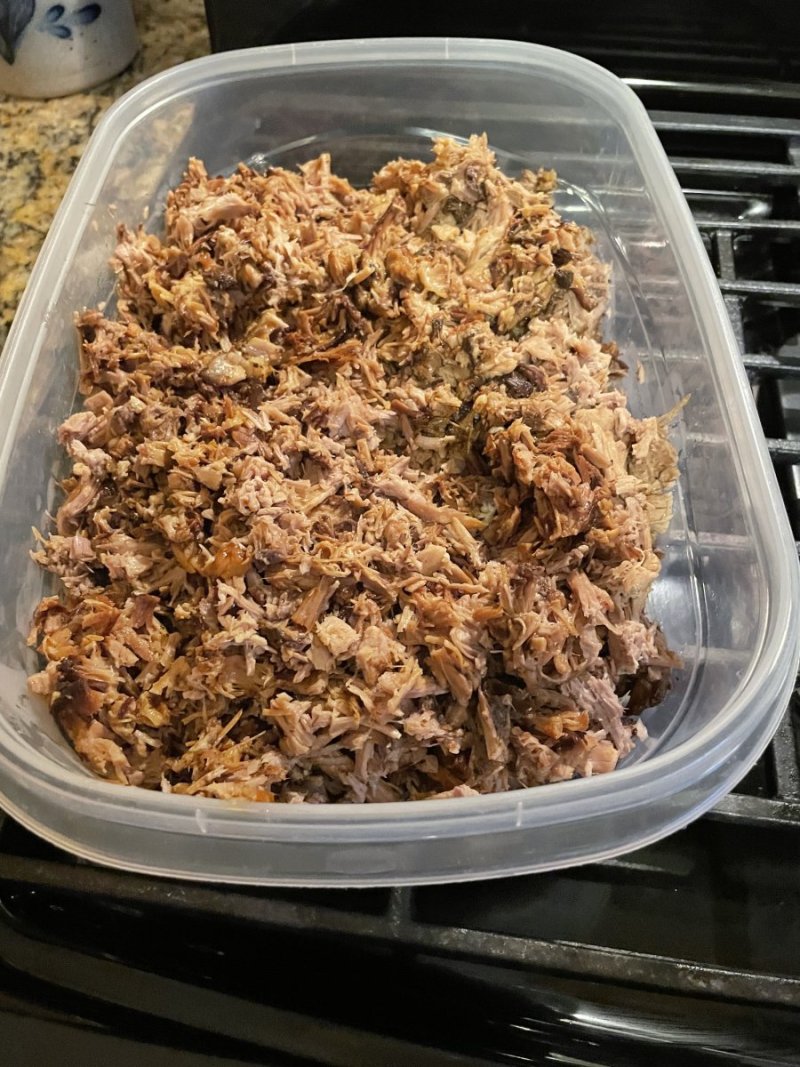Slice a habanero pepper into quarters, de-seed, put some cream cheese on a Wheat Thin, top with a splash of salsa and a quarter of a pepper. Awesome.
Navigation
Install the app
How to install the app on iOS
Follow along with the video below to see how to install our site as a web app on your home screen.
Note: This feature may not be available in some browsers.
More options
-
ODT Gun Show & Swap Meet - May 4, 2024! - Click here for info
You are using an out of date browser. It may not display this or other websites correctly.
You should upgrade or use an alternative browser.
You should upgrade or use an alternative browser.
Do you eat something nobody else does?
- Thread starter ch035
- Start date
Escargots
One of my all time favorites! Fried in garlic butter eaten on wheat crackers.
I grilled some armadillo, it's somewhat similar to a little pig, but there's no fat at all.
The bacon noodles and onions combo sounds pretty good. How bout a halved pear with a dollop of blue plate on top, slice of white American cheese and a cherry on top. They had a pile of them at the last family gathering on my wife's side. I thought the mayo was whipped cream and took a bite and said wtf?
I grilled some armadillo, it's somewhat similar to a little pig, but there's no fat at all.
The legs are great, Just have to be careful and cook enough..The can cause Leprosy.
Leave those lil bastads alone.The legs are great, Just have to be careful and cook enough..The can cause Leprosy.
Read the info I stole from Wikipedia
Armadillos are often used in the study of leprosy, since they, along with mangabey monkeys, rabbits and mice (on their footpads), are among the few known species that can contract the disease systemically. They are particularly susceptible due to their unusually low body temperature, which is hospitable to the leprosy bacterium, Mycobacterium leprae. (The leprosy bacterium is difficult to culture and armadillos have a body temperature of 34 °C (93 °F), similar to human skin.) Humans can acquire a leprosy infection from armadillos by handling them or consuming armadillo meat. Armadillos are a presumed vector and natural reservoir for the disease in Texas and Louisiana.[14] Prior to the arrival of Europeans in the late 15th century, leprosy was unknown in the New World. Given that armadillos are native to the New World, at some point they must have acquired the disease from humans.[14][15]
The armadillo is also a natural reservoir for Chagas disease.[16]
The nine-banded armadillo also serves science through its unusual reproductive system, in which four genetically identical offspring are born, the result of one original egg.[17][18][19] Because they are always genetically identical, the group of four young provides a good subject for scientific, behavioral or medical tests that need consistent biological and genetic makeup in the test subjects. This is the only reliable manifestation of polyembryony in the class Mammalia, and only exists within the genus Dasypus and not in all armadillos, as is commonly believed. Other species that display this trait include parasitoid wasps, certain flatworms and various aquatic invertebrates.[18]
Peanut butter mayonnaise and banana
u ain't the only 1...man that's food fit 4 a kingPeanut butter mayonnaise and banana
fur pie or shakey pudding
also i like snickers candy bar & v8 juice!!!!
Similar threads
- Replies
- 4
- Views
- 190
- Replies
- 26
- Views
- 756
- Replies
- 28
- Views
- 875













